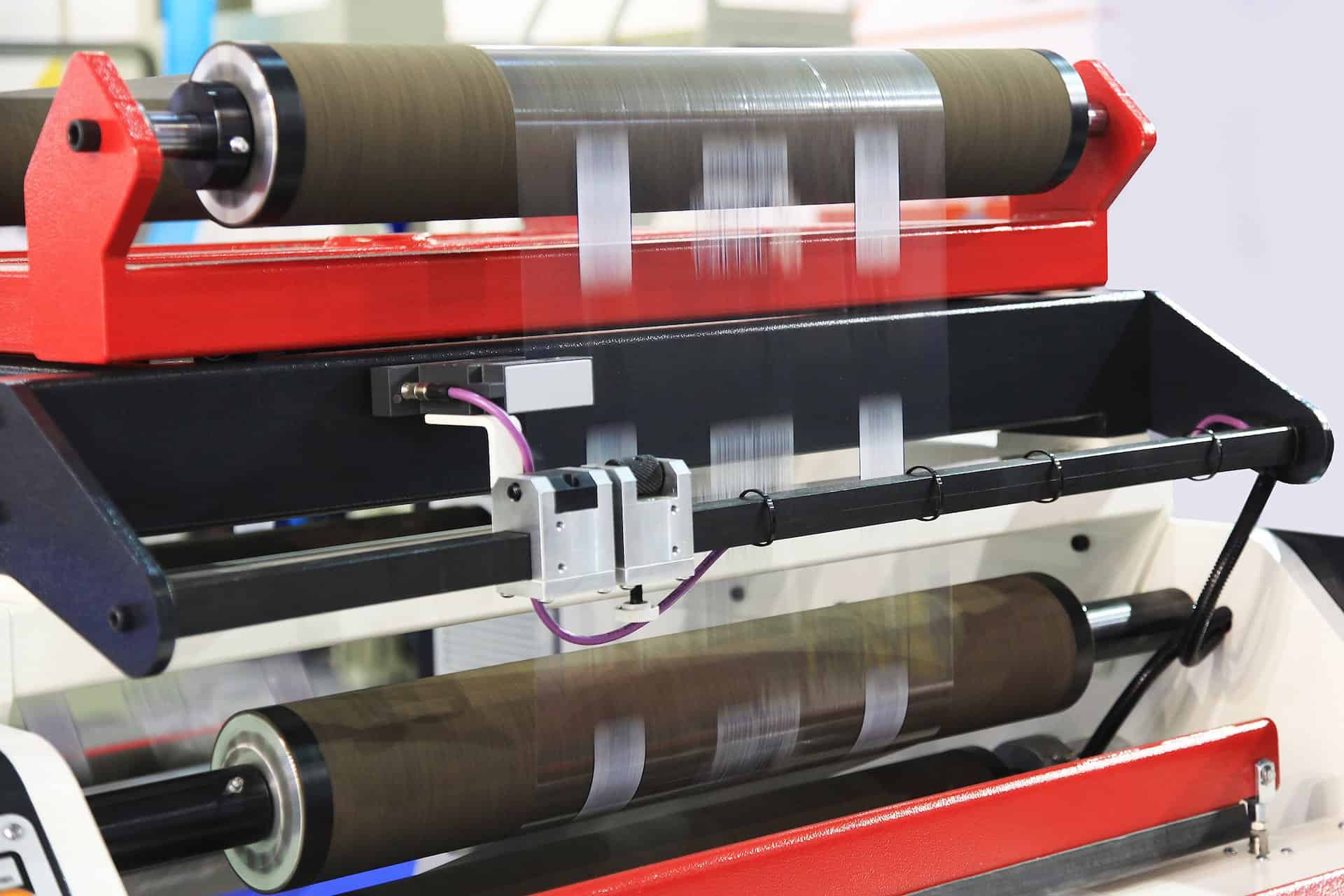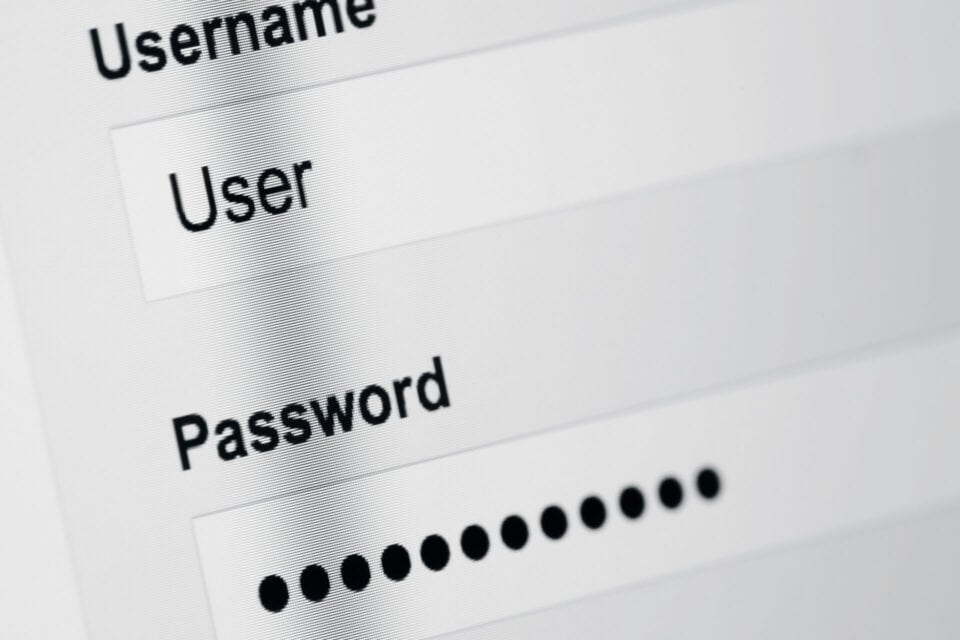Choosing the right printing method—offset or digital—can significantly impact your project’s quality, budget, and timeline. Each approach offers unique pros and cons, and understanding these differences can help you make the best choice for your business cards, brochures, banners, and more. This guide will walk you through the essentials of offset and digital printing, so you’re prepared to make an informed decision.
Truth be told, it does matter, and quite a bit. Obviously, there are a number of things that go into a successful print strategy, but let’s assume you had a designer (ahem) get everything ready for you, and they handed off the files as you requested. Now it’s time for printing, and you’re stuck making a choice you weren’t expecting.
When you are in the market for business cards, brochures, postcards, posters, banners, or any other type of marketing asset, you’re going to have to figure out how to get that final design off the computer and into your hands.
Any print shop worth their salt should be able to tell you the difference between the two print methods, material options, and any extra flair you might want, but let’s assume you don’t have that kind of time. This article post will help give you an idea of what kinds of things to consider before submitting your print job, and if the printer has any questions you won’t be completely lost.
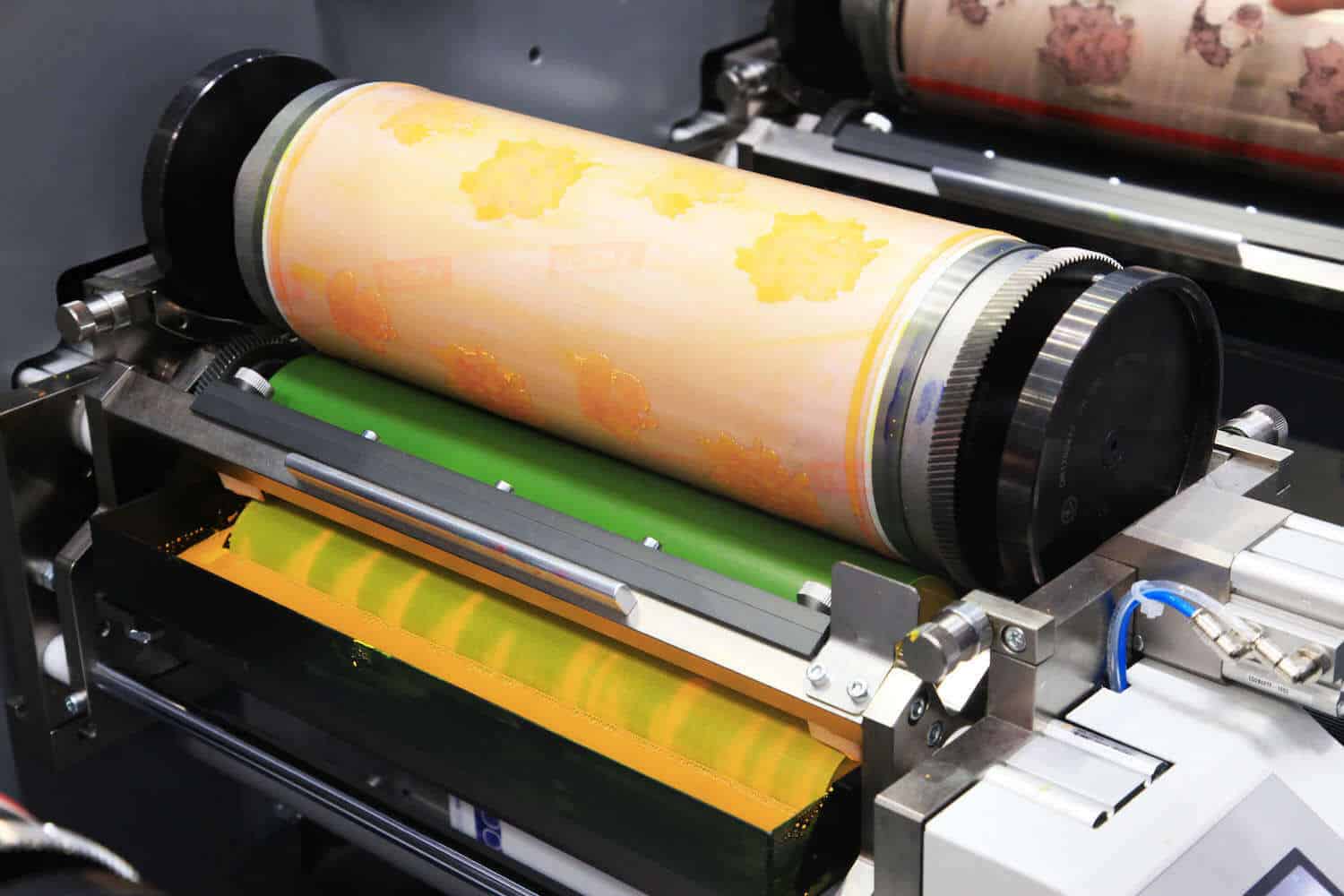
Offset Printing Explained: Pros, Cons, and Best Uses
Offset printing is the original method of printing, also known as lithography. The method uses metal plates that have the design burned onto them for each of the four main colors, CMYK. This is then transferred onto a rubber mat, and then that is rolled onto a sheet of paper. This has to be done for each color, so the paper is run through each roll until the final look is achieved. This process of not putting the ink directly onto the paper is why it is called offset.
As you can imagine, this makes the entire process very involved, and more expensive. It also means the turnaround time is a bit longer since it takes time to make the metal plates for the job.
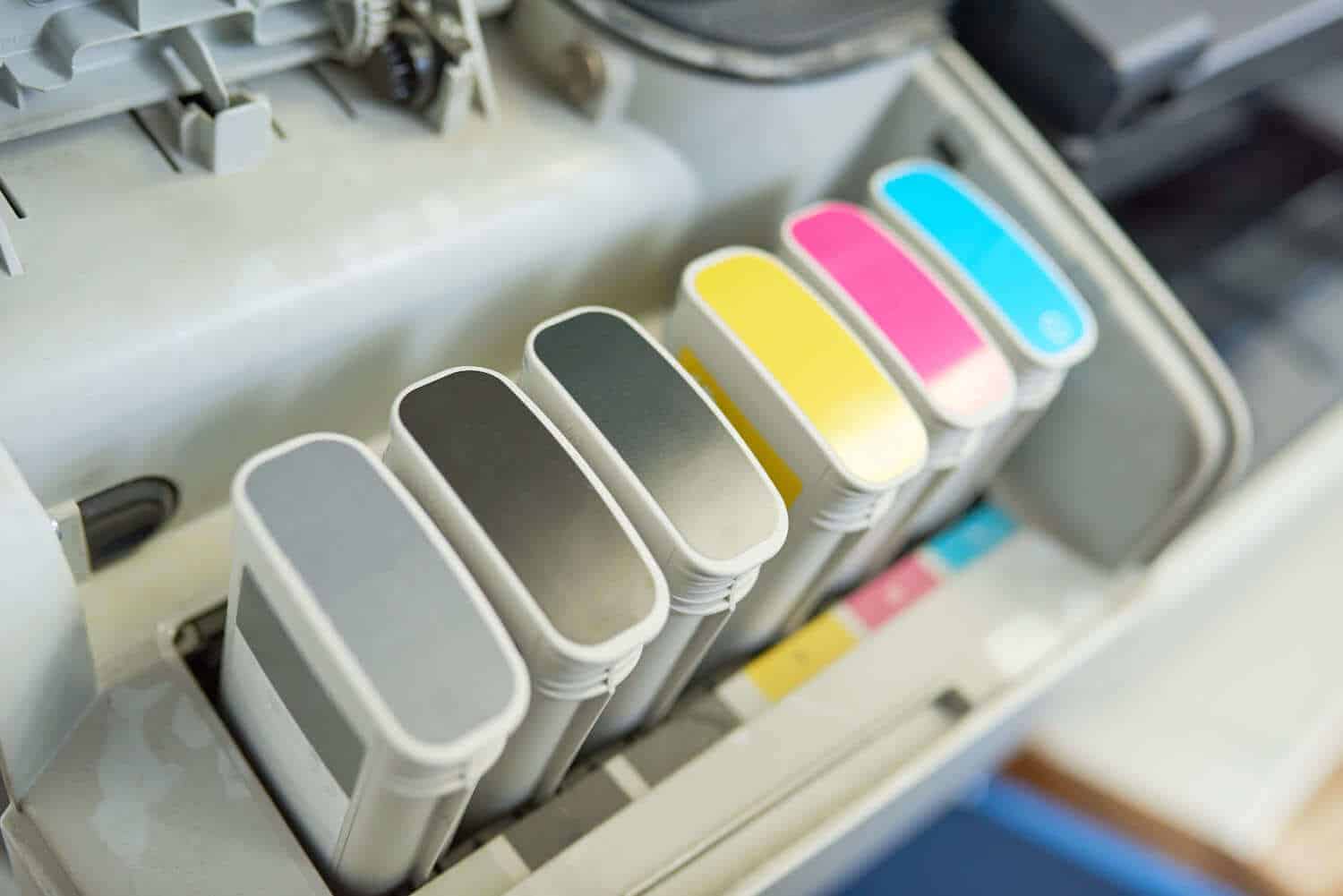
What is Digital Printing?
Have you ever printed something at home? That’s digital printing. Of course the print shops aren’t using a bunch of home printers to do your business card job, but the method and technology are the same, just on a different scale.
Digital printing doesn’t require the same setup with metal plates, instead using regular drums that apply ink directly to the paper or chosen material for your printed product. The biggest draw for digital printing is that there’s almost no minimum requirement for print jobs. If you want 25 business cards, you can typically request that without any issue.
One big thing digital printing has over offset printing is that you can introduce variable data if you need. So that print run of postcards where you need to have 200 different addresses printed? Digital printing can handle that since it’s coming from a computer. Offset printing comes from a metal plate, so once it is set there’s no changing it.
Quantity vs. Quality: Which Matters More?
Usually the biggest factor between choosing offset printing or digital printing comes down to the needs of your job. Typically offset printed work is going to look better, even if just marginally. Often times it probably wouldn’t be noticeable unless you were looking for it (if you watched the video above you’ll see what I mean).
The nice thing about offset printing is that once you have everything set up, printing is a breeze. You can easily run hundreds of prints with no degradation or variation of the final look, and everything will look crisp, clean, and super sharp.
However, most places don’t have a need for very large print jobs, so digital printing remains the best solution for budget concerns and quick turnaround, while providing a product that still looks professional and top notch.
Pros and Cons of Offset Printing
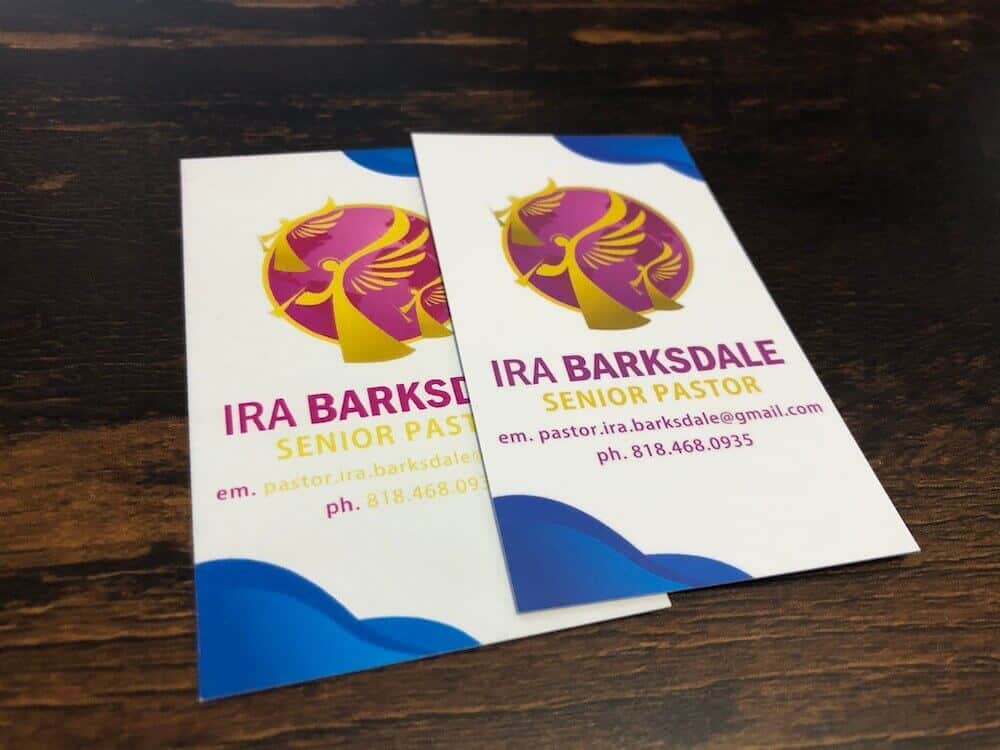
Of course, just because something is faster and cheaper that doesn’t mean it’s better. There are some definite things that offset printing can offer that you just can’t get with digital printing.
Pros of Offset Printing:
- Exceptional Print Quality: Offset prints are known for their sharpness, clarity, and vibrant colors.
- Superior Color Accuracy: Ink is custom-mixed, allowing for precise color reproduction, especially when matching Pantone colors.
- Wide Material Compatibility: Offers a greater range of paper stocks, specialty inks, and finishes (e.g., metallic and textured).
- Cost Efficiency for Large Orders: While the initial setup is costly, offset printing becomes more economical for large print runs.
Of course no method is perfect. Even with a resulting product that looks amazing, there are some factors that should be considered before going the route of a traditional offset print job.
Cons of Offset Printing:
- Higher Initial Cost: The need for metal plates makes setup more expensive.
- Longer Turnaround Time: Due to plate creation, it usually takes at least a week to complete.
- Costly Mistakes: Any errors noticed after the plates are made mean restarting the entire print process, which can be costly.
Pros and Cons of Digital Printing
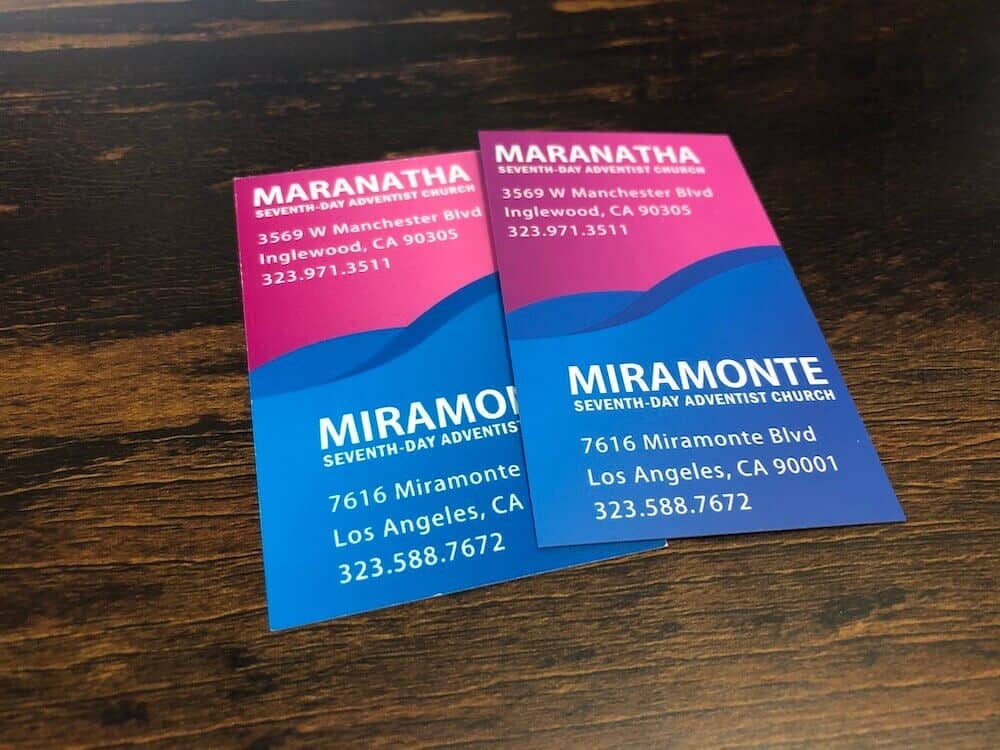
Just like you have the ability to print what you need at home, digital printing through a print shop offers much of the same experience. Because you don’t have to invest in the same set up, there’s much more flexibility when it comes to getting your artwork printed.
Pros of Digital Printing:
- Lower Setup Costs: Without metal plates, digital printing is often more affordable upfront.
- Ideal for Small Print Runs: You can order as few as 25 pieces, making it perfect for short-term projects.
- Variable Data Capability: Enables printing unique text on each piece, such as personalized addresses for mailers.
- Fast Turnaround: Most jobs can be completed within 1-3 business days, depending on quantity.
Cons of Digital Printing:
- Limited Material and Finish Options: Fewer specialty inks, papers, and finishes are available compared to offset.
- Less Color Accuracy: Colors are approximated digitally, which can result in slight variations.
- Higher Cost for Large Orders: Since each piece uses the same amount of ink, large runs are generally more expensive than with offset.
- Slightly Lower Print Quality: While barely noticeable to the untrained eye, offset prints tend to look slightly crisper.
When to Choose Offset Printing for Your Project
Offset printing is best suited for large-volume print jobs and projects that require precise color matching. Here’s when to consider offset:
- High-Volume Needs: If you’re ordering 500+ pieces, offset is likely the most cost-effective choice.
- Color Precision: If your brand colors are strict and require exact Pantone matching, offset can provide custom-mixed inks.
- Specialty Finishes: For metallic inks, textured finishes, or unique materials, offset printing offers more customization options.
According to industry statistics, offset printing remains the top choice for high-volume projects, accounting for over 70% of large print orders in 2024 due to its efficiency at scale.
When Digital Printing is the Right Choice
Digital printing is ideal for quick, small-batch print jobs and projects with tight deadlines. Here’s when digital printing is a good fit:
- Small Quantity Needs: For print runs of 50-100 pieces, digital printing is both budget-friendly and efficient.
- Quick Turnaround: Digital printing often delivers within 1-3 days, perfect for last-minute projects.
- Variable Data: If your project requires personalized text (e.g., unique names or addresses on each print), digital printing can handle this efficiently.
Digital printing is increasingly popular for small-to-medium businesses, representing approximately 20% of print orders due to its flexibility and affordability.
Additional Factors You Should Consider
Do you need a fast turnaround?
One of the key things to consider is your schedule. If you need your small batch of postcards or business cards done in 2-3 days, your best bet is to go with digital printing. Because offset printing requires the creation of a metal plate, you are usually looking at a week minimum of time before you get your product. Digital printing definitely has the advantage when it comes to speed.
Are you printing on regular stock paper, or something else?
It might not have even crossed your mind, but there are more options to print materials then just card stock and vinyl material. Are you hoping to print your business cards on clear plastic, or perhaps you want metallic ink on a thick 18pt card stock? Digital printing has made great progress with the things it can do, but in cases where you want a higher level of variety and customization with your materials or ink, offset is the way to go.
How strict are your color guidelines?
One of the biggest things that offset printing has over digital printing is color accuracy and reproduction. In most cases, it’s probably safe to say that close enough is fine for a small batch print run. You can tell that blue is blue and unless it’s really off (like when I printed blue and it turned out purple…) there’s no need to worry about matching exact colors. Sometimes however, there is a requirement that you get the colors exactly to code (usually when using Pantone), and in that case offset printing will be the way to go since the ink can be custom mixed to get the exact color you need.
Does the Difference Really Matter?
That’s entirely up to you and your client. For many, the differences are probably negligible, and unless you work in the design or print industry, the differences in quality aren’t going to stand out enough to make a difference. It’s going to usually come down to your budget, your time frame, and how many pieces you need. Luckily, the two technologies are both perfectly fine to use, and if you can find a printer that you trust to do good work (always a piece of the puzzle), then you should have nothing to worry about.
Personally, I will go with offset printing whenever possible because I prefer the tighter and more crisp final product. But, if the requirement is only for 25 pieces, then it doesn’t make sense and I will default to the process that best lines up with my needs for my current project.
And of course, if you don’t want to deal with the potential headache of learning something else you’ll only use every once in a while, we can handle all your printing needs and simply hand off your final product when it’s finished.
Have any other questions? Let us know!
